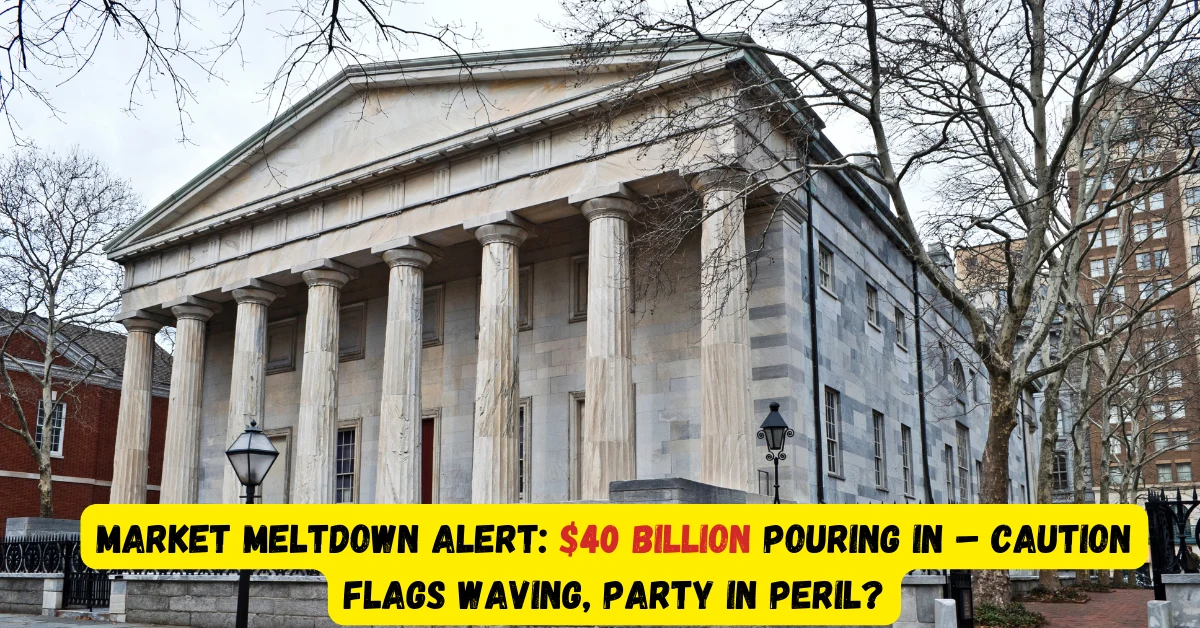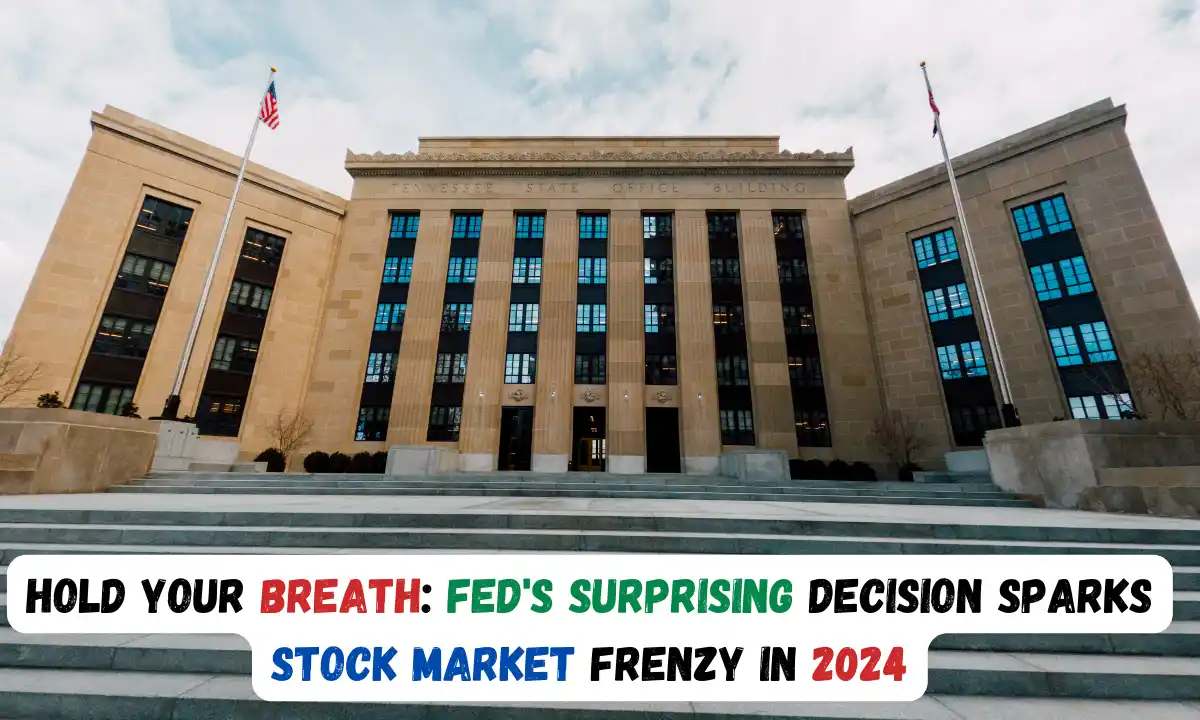Caution Flags Raised as Investors Pour $40 Billion into Stock Market: Is the Party Over?
As we gear up for the holiday season and the much-anticipated Santa Rally, a note of caution is echoing through Wall Street. Bank of America, led by strategist Michael Hartnett, recently sounded the alarm, indicating that the contrarian “buy” signal for stocks has expired. What does this mean for investors, and why are cautionary flags being raised despite a $40 billion influx into the stock market?
The Bull & Bear Indicator: A Rollercoaster Ride
On October 20, Bank of America’s strategists highlighted an “extreme bearish” territory with their Bull & Bear Indicator dropping to 1.9 from 2.2. A contrarian buy signal is triggered when the indicator dips below 2.0. However, in a recent update, they revealed a shift to 2.1, nudging it into “neutral” territory. Let’s explore the factors influencing this rollercoaster ride.
Investors’ Love Affair with Stocks
In the latest Flow Show report, Bank of America disclosed a whopping $40 billion inflow into stocks over two weeks, the largest since February 2022. This surge suggests a significant investor interest in the stock market. But is this enthusiasm based on solid ground, or are cautionary winds blowing?
The Federal Reserve and One-Track Minds
Hartnett warns that investors might be wearing blinders, with an overwhelming consensus that the Federal Reserve has concluded interest-rate hikes. In a November survey, 80% of fund managers expected lower interest rates. Is this confidence well-founded, or are there contrarian views that need consideration?
Treasury Yields: The Ticking Time Bomb?
Cautionary notes are also sounded regarding the 10-year Treasury yield. A potential rise to 4-5% could signal a “risk on” for markets, but a drop to 3-4% might lead to recession talks. How should investors interpret these potential shifts in the financial landscape?
Cash, the Unlikely Winner
Amidst the stock market fervor, cash emerges as an unexpected winner. The latest data from Bank of America reveals $1.2 trillion flowing into short-term instruments, including 3-month bills. Does this indicate a collective desire for stability in uncertain times?
November’s Rally: A Cause for Celebration or Concern?
With November ending on a high note, the S&P 500 has gained 8.6%, potentially marking its best monthly return since July 2022. But is this a reason to celebrate, or should investors be wary of potential pitfalls?
Savita Subramanian’s Bold Prediction
While caution is the prevailing sentiment, Savita Subramanian, Bank of America’s head of equity and quantitative strategy, stands out with her bullish outlook. She predicts the S&P 500 will reach 5,000 by the end of next year, a 10% gain from current levels. What factors contribute to her optimistic forecast, and should investors take note?
“Too Many Skunks at the Party”
Subramanian points to “conviction-less equity bears” as potential party spoilers. What does she mean by this, and how does the presence of certain market players impact the overall sentiment?
Conclusion: Navigating the Currents
In the sea of market dynamics, cautionary flags are flying, but optimism persists. As we navigate these currents, understanding the nuances of indicators, investor sentiment, and expert forecasts becomes crucial. Whether the stock market party is just getting started or winding down, staying informed is key.
Frequently Asked Questions (FAQs)
- Is the stock market in a dangerous territory?
- Despite caution flags, the market is nuanced. Understanding the factors at play can help investors make informed decisions.
- Why is the 10-year Treasury yield crucial?
- The yield serves as an indicator of economic health. Sharp rises or drops can have ripple effects on markets and spark discussions of a potential recession.
- What role does the Federal Reserve play in investor sentiment?
- The Fed’s policies heavily influence market dynamics. Investor confidence in the Fed’s actions can shape the overall sentiment.
- Why is cash flowing into short-term instruments?
- In uncertain times, investors often seek stability. The influx into short-term instruments, including cash, reflects a desire for safety.
- Should investors be wary of a year-end rally?
- While a rally can be positive, it’s essential to consider the underlying factors. Caution is advised, given the current market dynamics.
Engage with this insightful exploration of the current stock market landscape, and equip yourself with the knowledge needed to make informed financial decisions.



